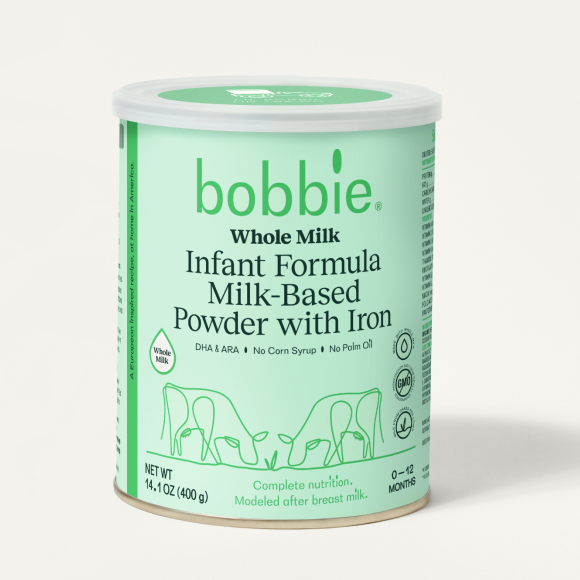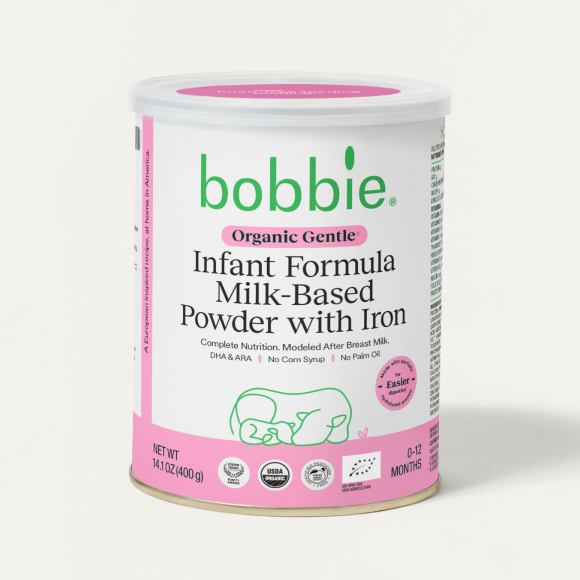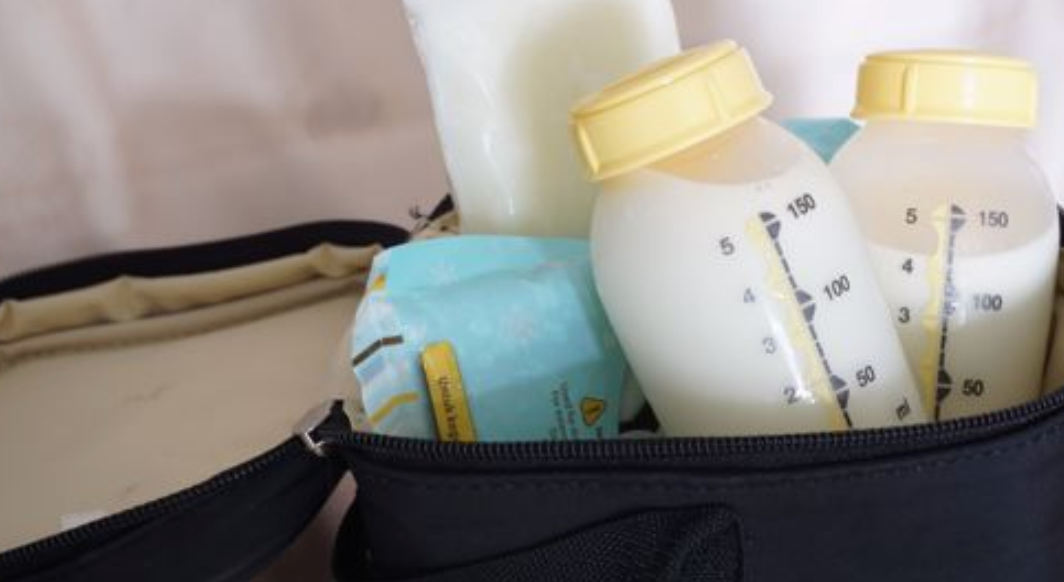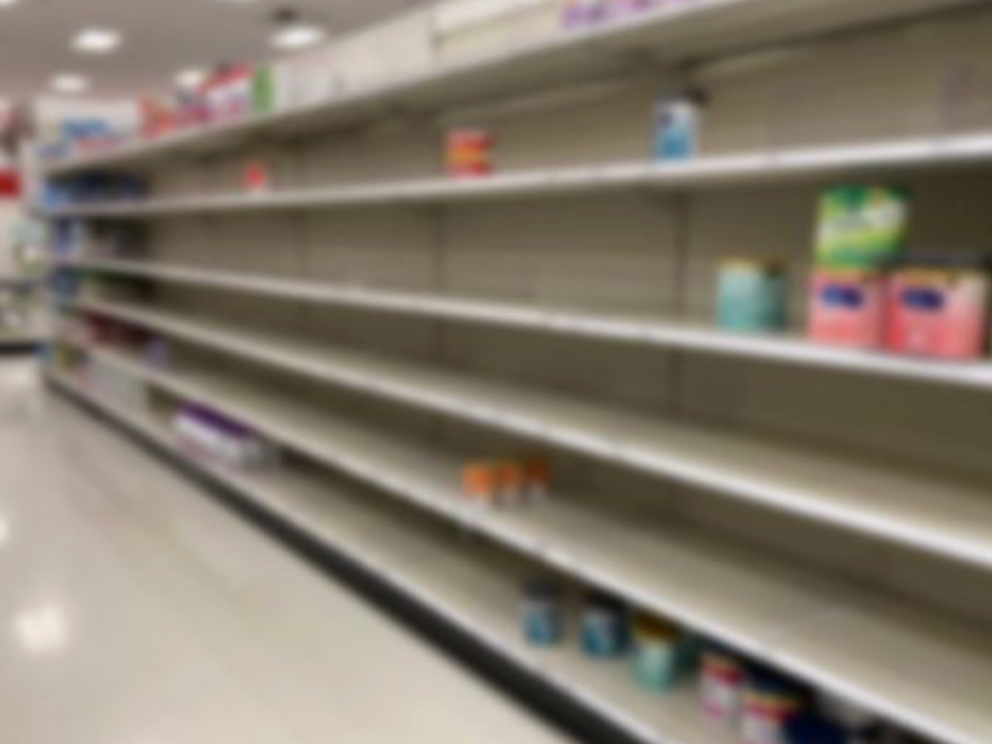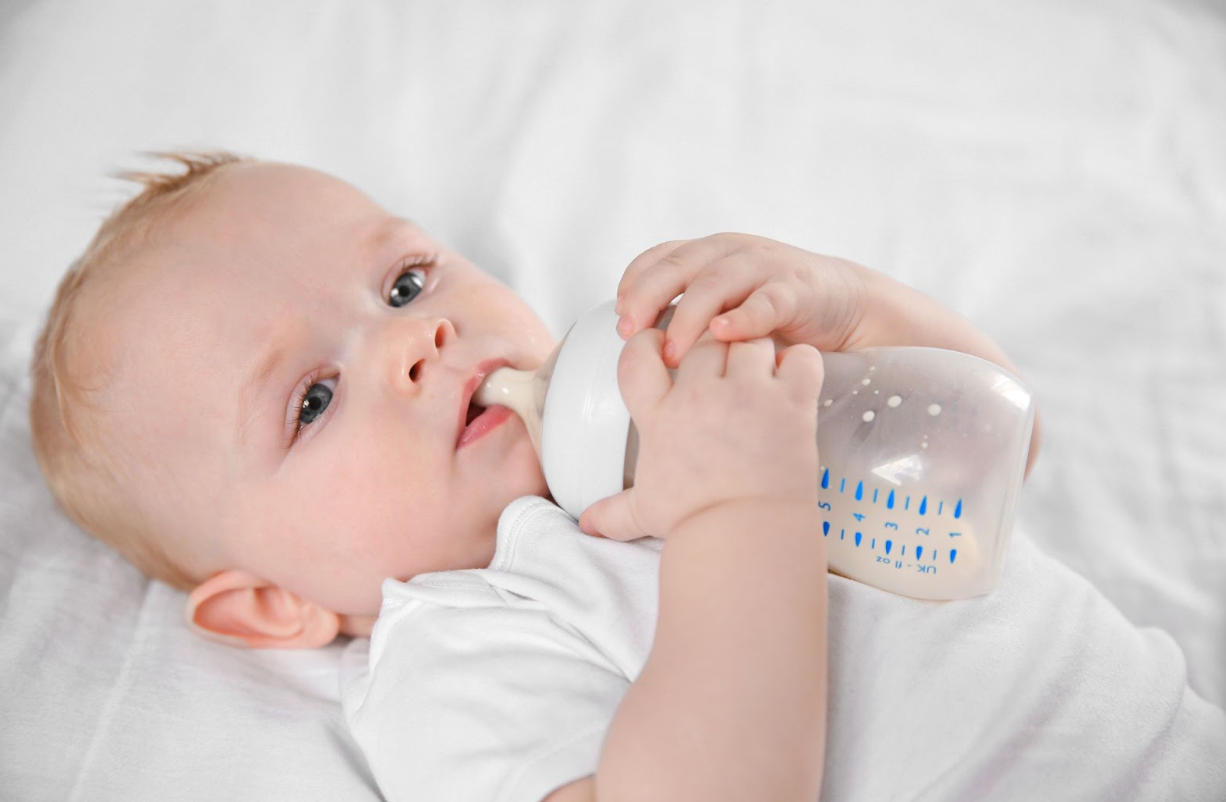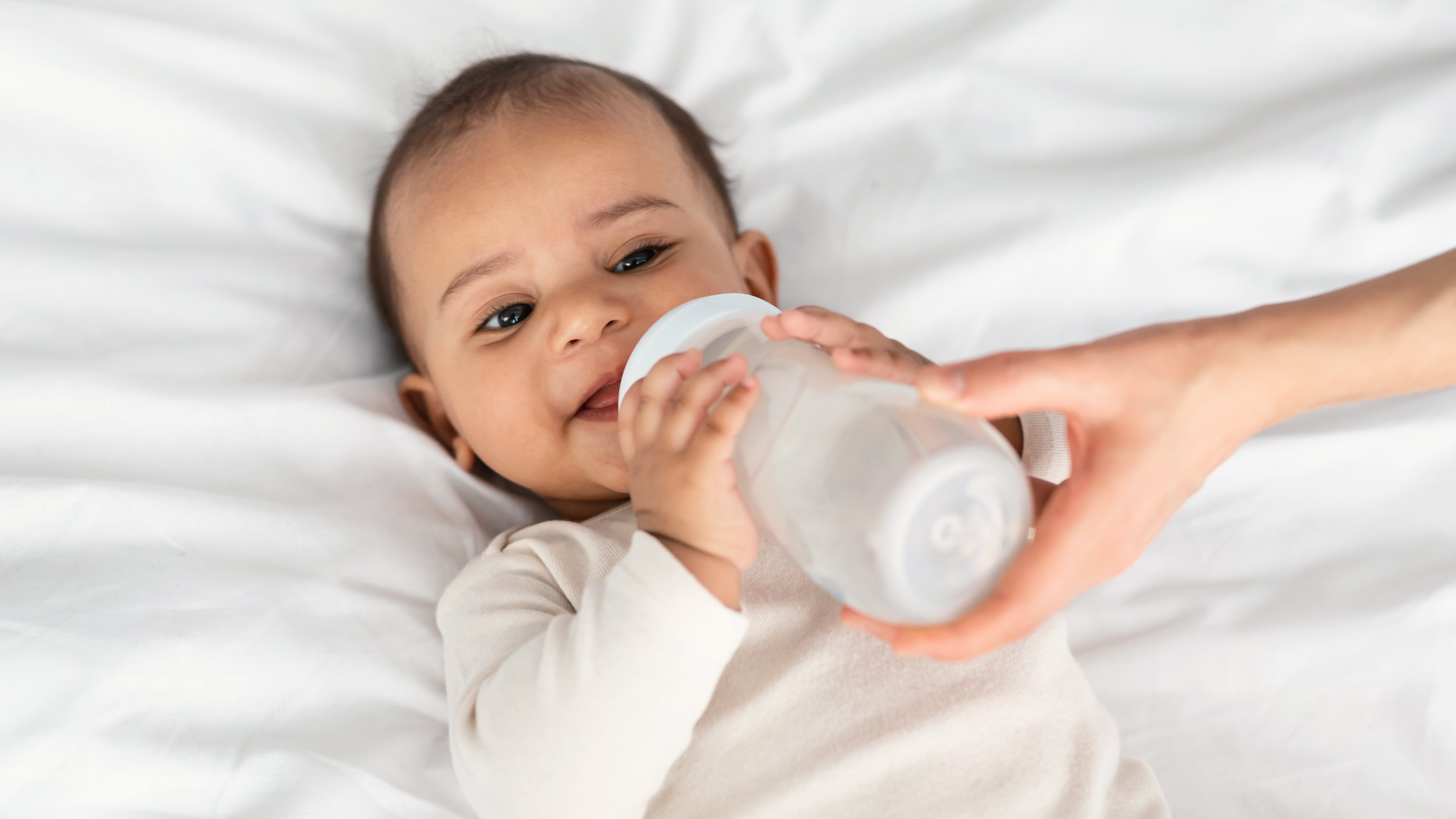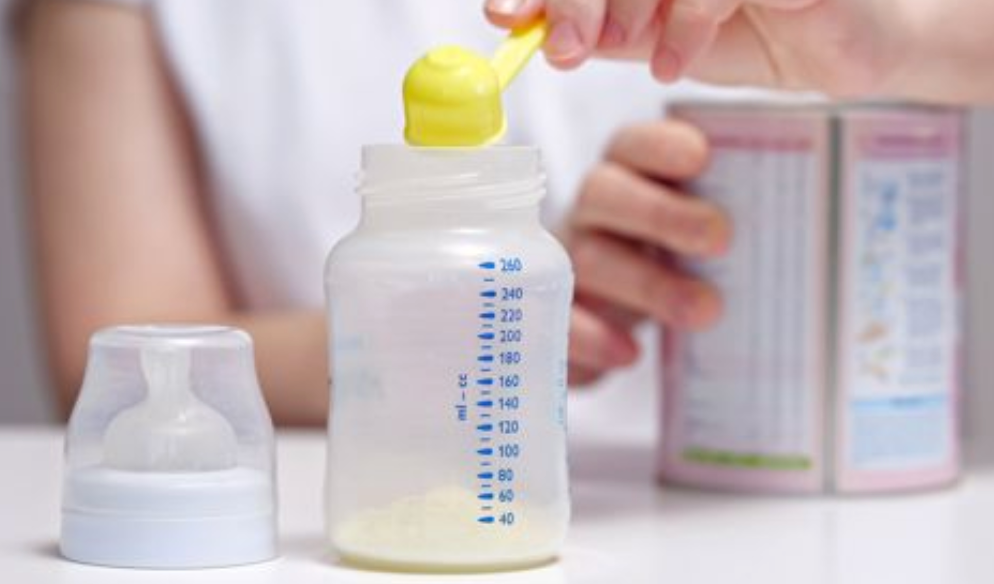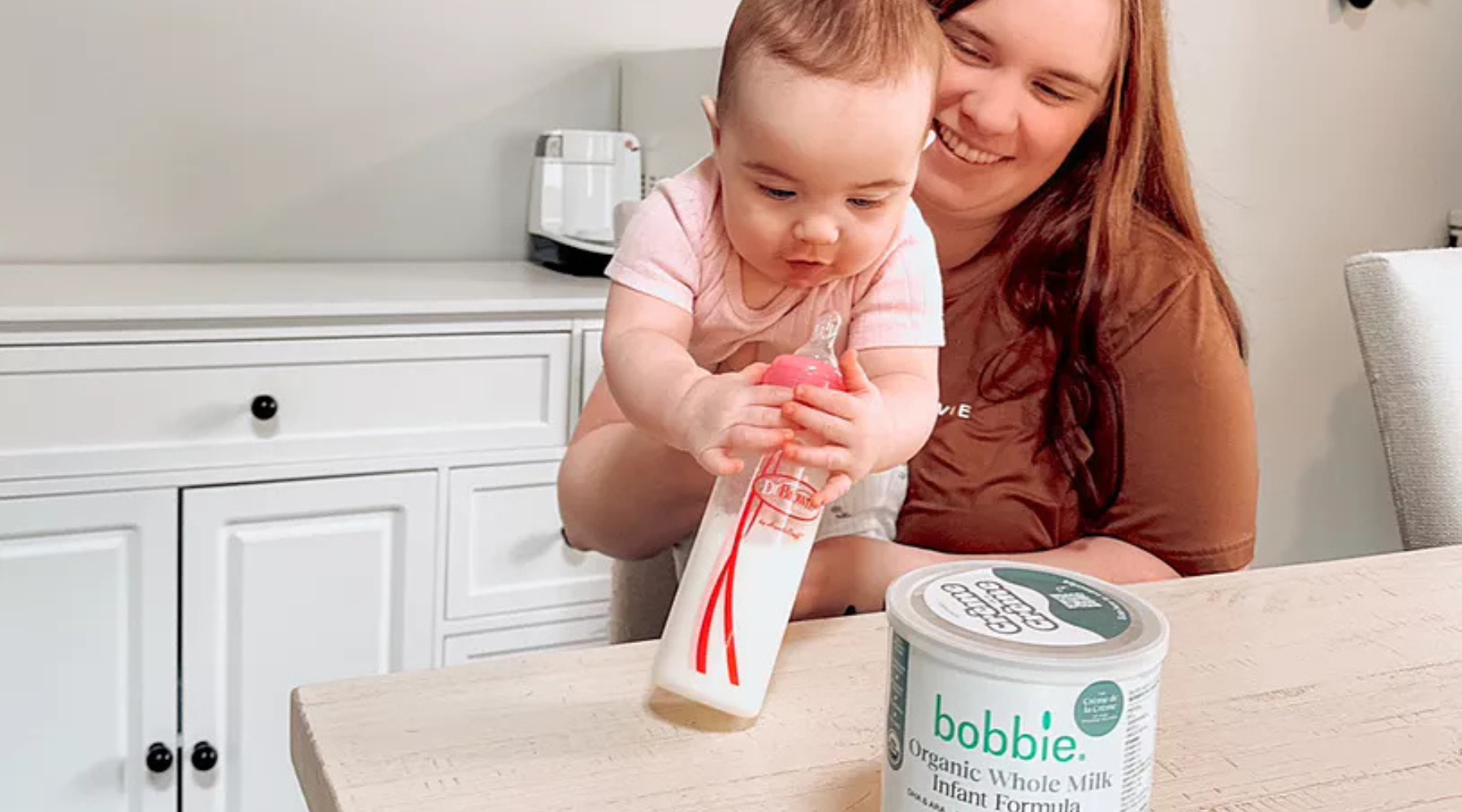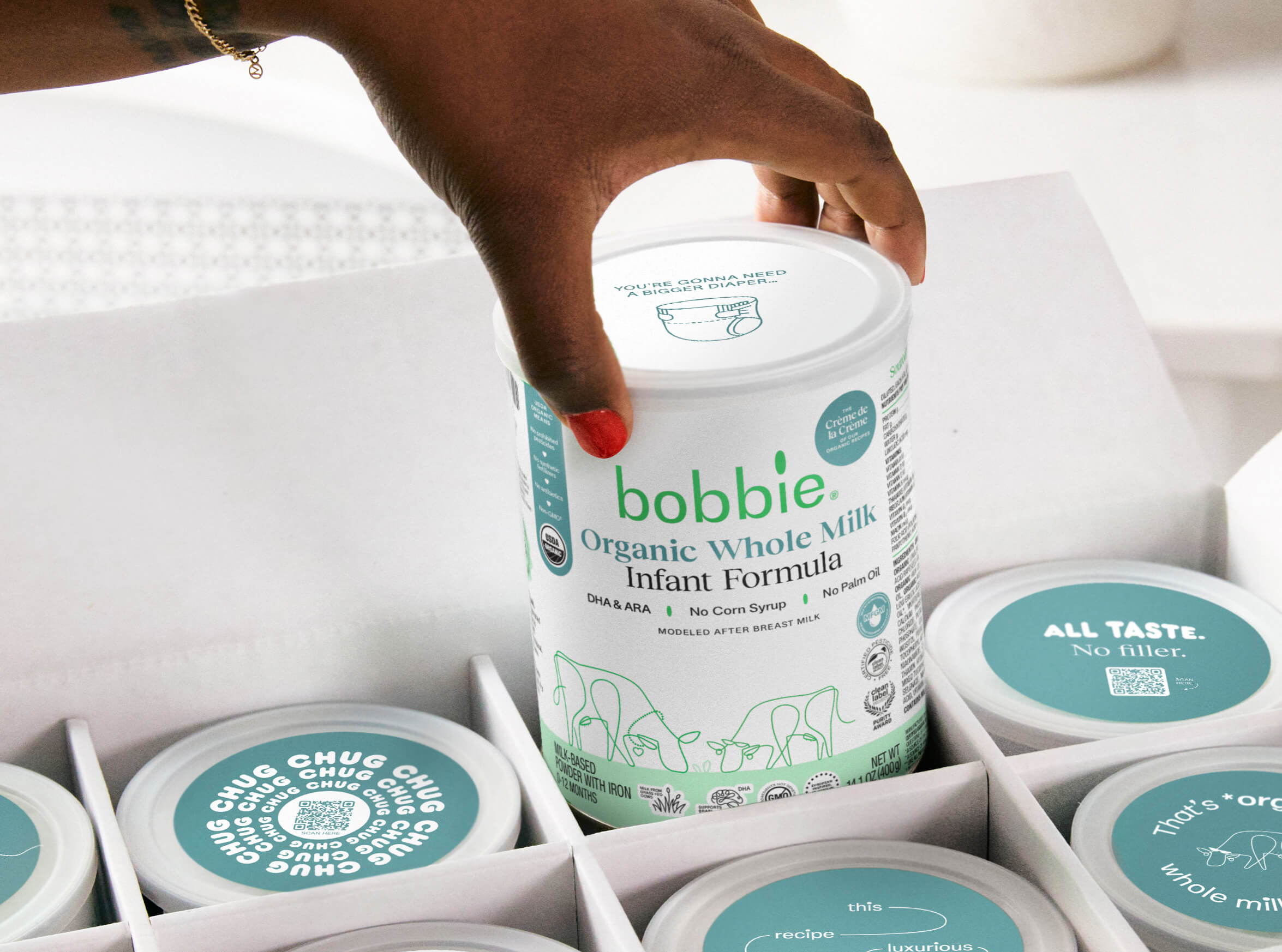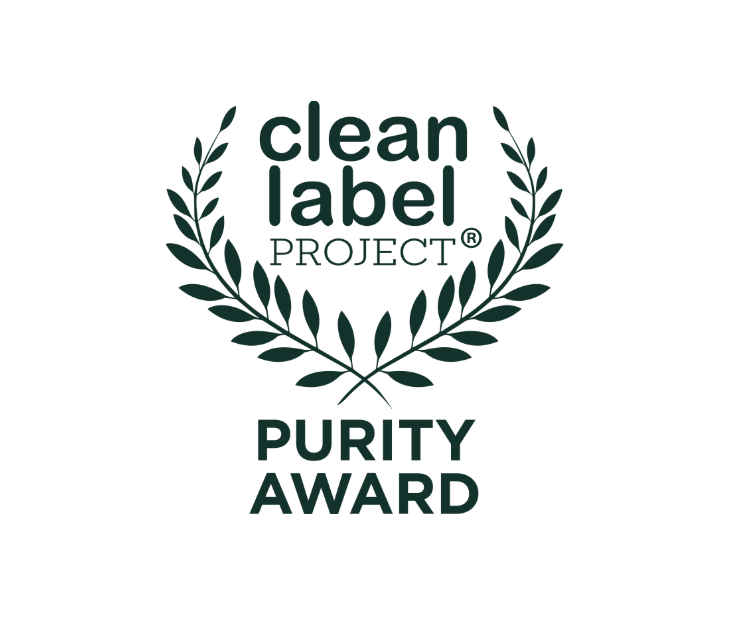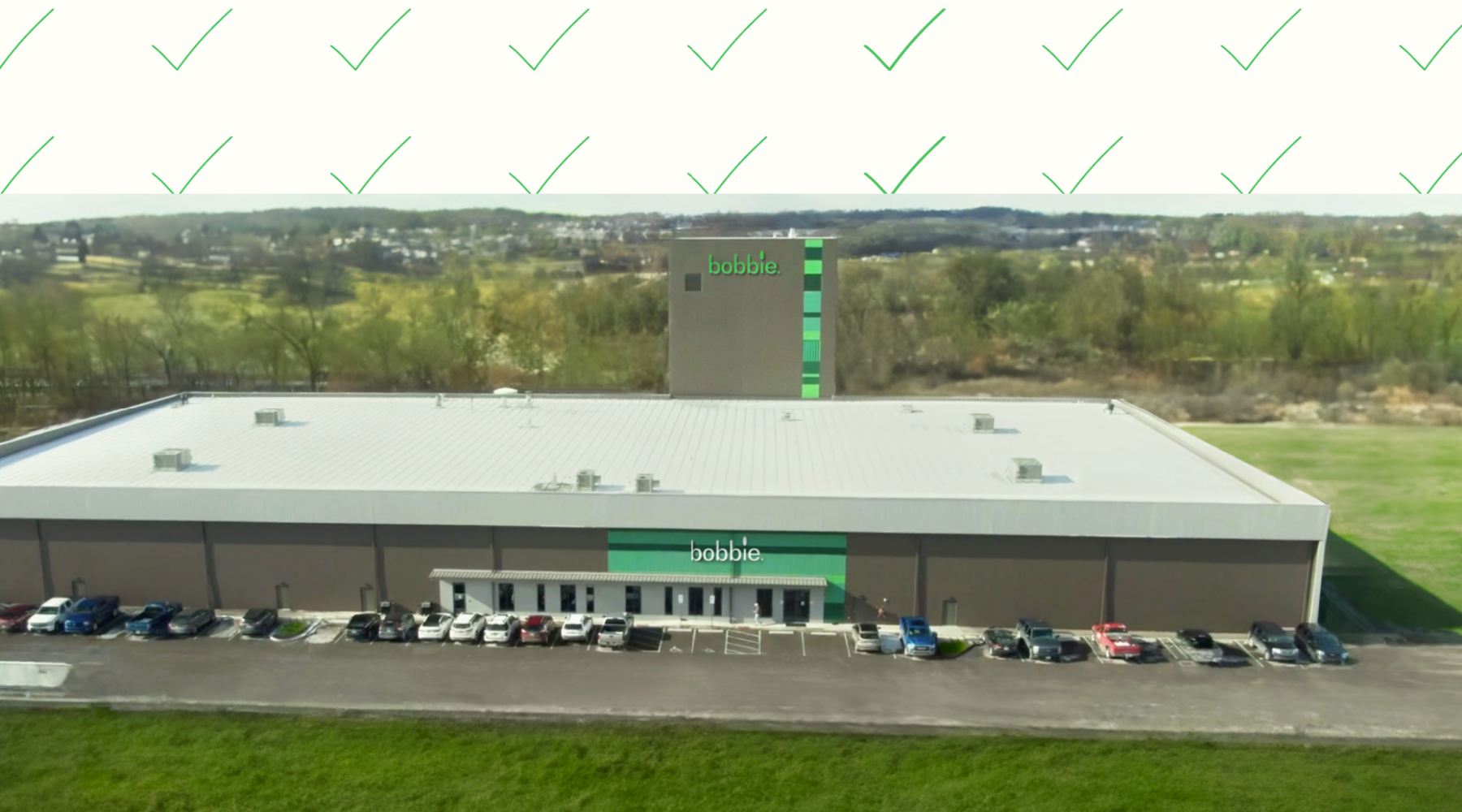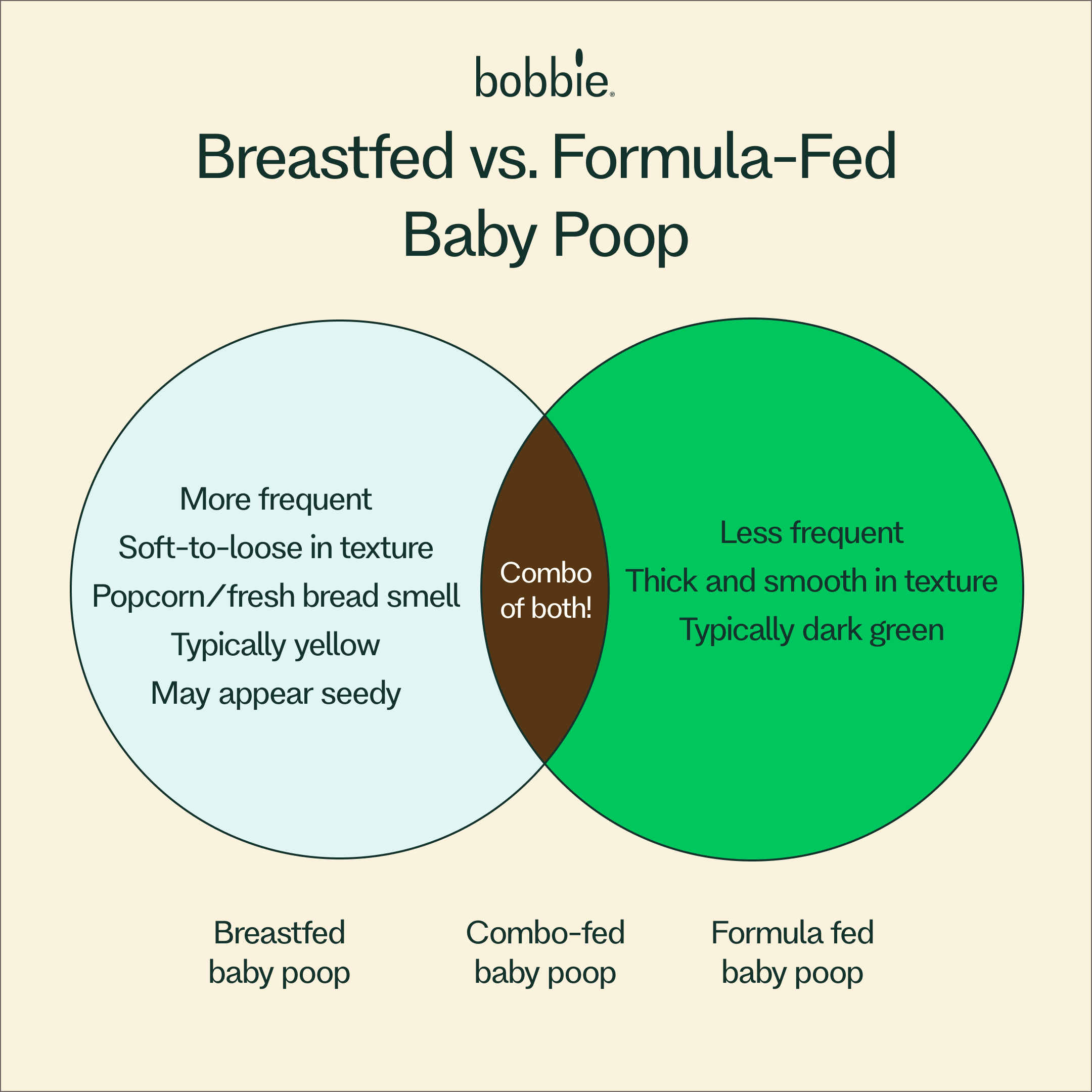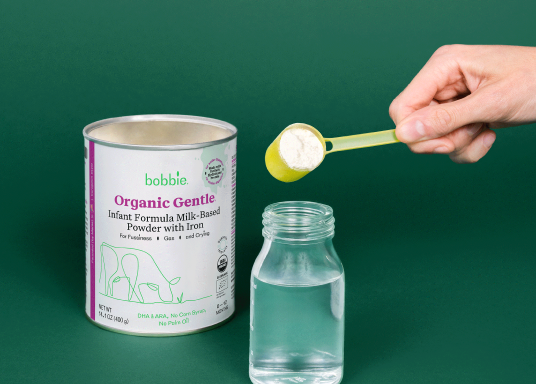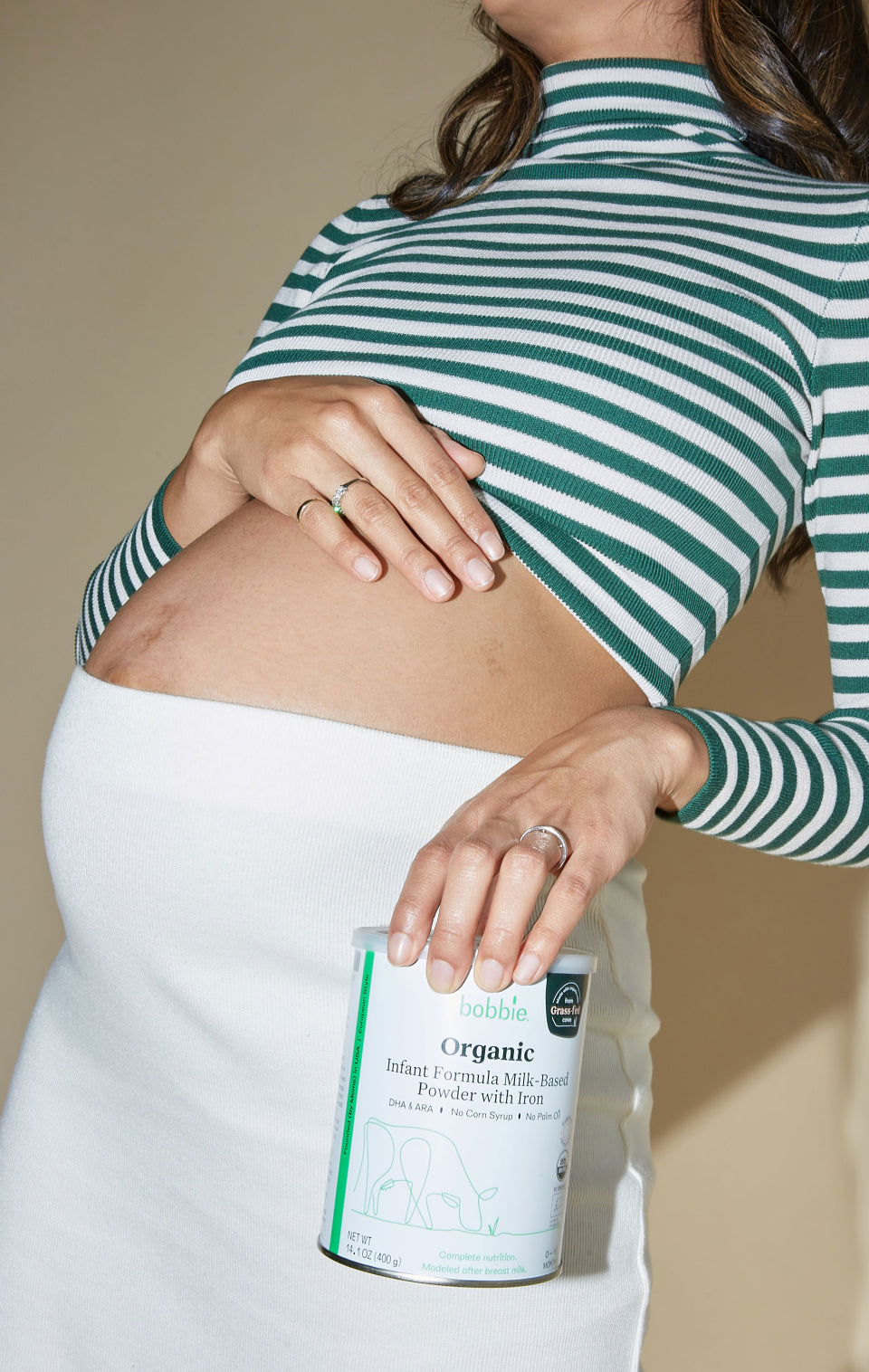Published August 15, 2025
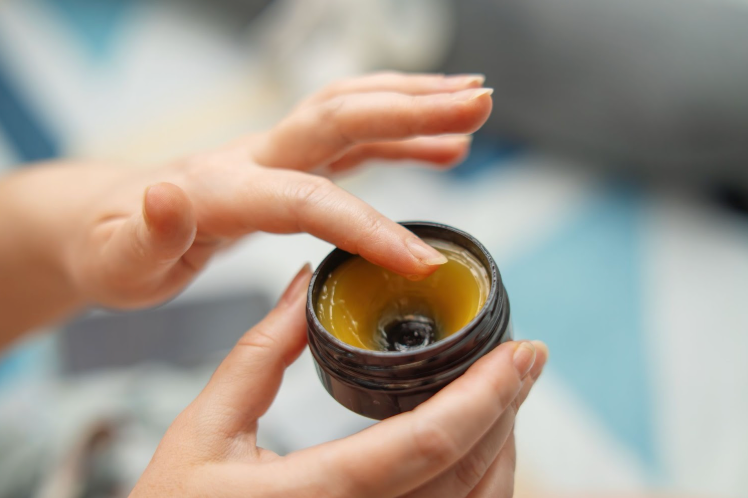
Your Guide To Breastfeeding Nipple Creams: Soothing Relief and Real Parent Picks
Breastfeeding can be one of the most rewarding parts of early parenthood — a quiet moment of connection that nourishes both your baby and your bond. But it can also come with some very real challenges, especially in the early days.
Nipple soreness, tenderness and even cracked skin are common, and they don’t make you any less capable or committed. Many parents find comfort in having a small but mighty helper on hand: nipple cream. This simple, trusted staple can soothe irritation, protect delicate skin and help you focus on what matters most — feeding your little one and enjoying those precious moments together.
What Is a Nipple Cream and Why Do You Need One?
Nipple cream (or nipple balm) is a gentle, skin-safe ointment designed to moisturize, protect and promote healing for breastfeeding parents experiencing nipple pain and discomfort. While every feeding journey is different, many new moms encounter some degree of soreness — especially in those first few weeks. This is typically because of:
-
Friction from frequent feeds
-
Improper latch
-
Cluster feeding sessions
-
Changes in your baby’s feeding position
A good nipple cream creates a protective barrier over sensitive skin, locking in moisture while shielding against further irritation. Many products are safe to use without washing off before nursing, so you can apply as needed and continue feeding with confidence. Beyond soothing soreness, nipple creams can help prevent cracked nipples from worsening, which may reduce the risk of infection.
Think of nipple cream as a comfort tool in your breastfeeding toolkit — right alongside hydration, rest and support from a healthcare professional. And if your feeding plan includes both breast milk and formula, pairing nipple care with a flexible approach to feeding can make meal times comfortable.
Meet the first and only USDA organic infant formula manufactured in the U.S.! Bobbie Organic Whole Milk Formula offers complete nutrition for baby's first year with our closest to breastmilk recipe.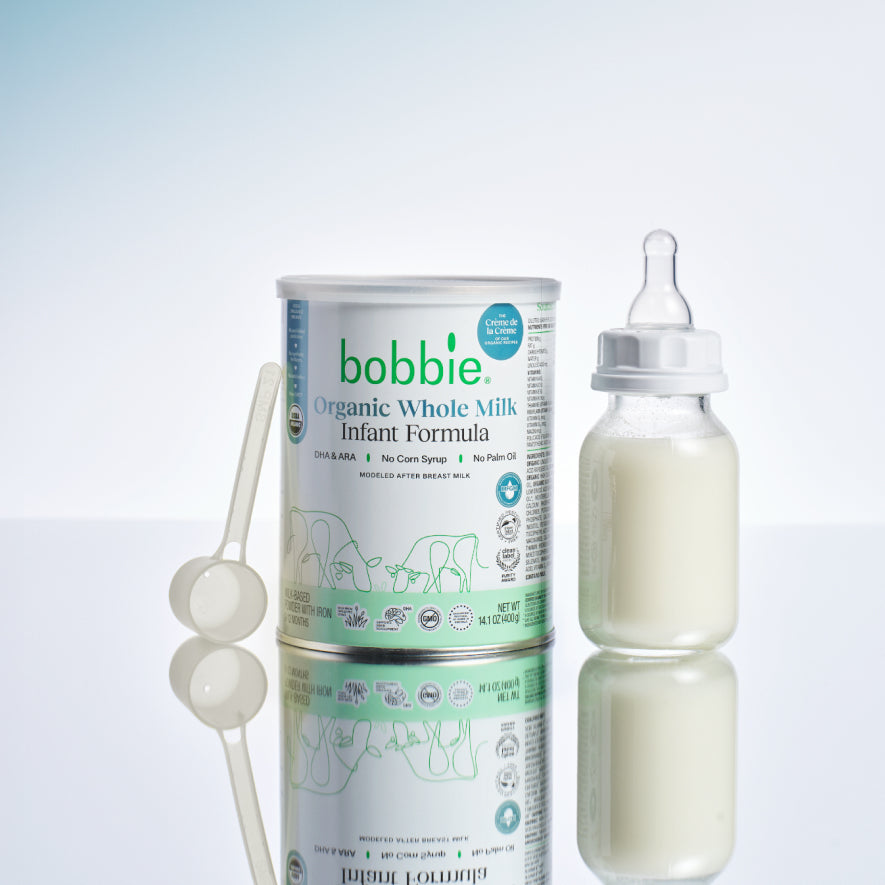
Shop Organic Whole Milk Infant Formula

What To Look For in a Nipple Cream (and How To Use It Safely)
When you’re choosing a nipple cream, safety and gentleness come first — especially since your baby may nurse after you apply it. Look for formulas made with nourishing, naturally derived ingredients like:
-
Lanolin
-
Olive oil
-
Shea butter
-
Calendula
-
Beeswax
These not only lock in moisture but also create a soothing, breathable barrier that supports healing. In general, fragrance-free and hypoallergenic options are usually best; they minimize the risk of irritation for both you and your baby’s sensitive skin.
It’s equally important to know what to skip: Avoid creams with parabens, drying alcohols, strong fragrances or petroleum-based ingredients. These can cause irritation or create a film that’s harder for skin to absorb.
So how can you pinpoint the best nipple cream for your needs, with a high-quality formulation?
-
Scan the ingredient list — shorter is often better.
-
Opt for products labeled safe for breastfeeding.
-
Choose a consistency or texture that feels comfortable to apply and absorbs well without feeling sticky.
The correct nipple cream should make you feel confident, comfortable and cared for. That way, you can focus less on sore nipples and more on the sweet moments that come with feeding your baby.
How and When To Use Nipple Cream
Knowing when and how to use nipple cream can make all the difference in easing discomfort and protecting your skin. To start, the best times to apply nipple butter or cream are usually:
-
Right after feeding or pumping
-
When your nipples are clean and dry
-
Before bed for overnight relief
Start with freshly washed hands, then gently dab on a pea-sized amount. Massage it in just enough to create a thin, protective layer over the skin. Most breastfeeding-safe creams don’t need to be wiped off before the next feeding, but always double-check your product’s instructions.
You can apply nipple cream as often as needed, though most parents find two to four times a day is plenty. Overusing it isn’t harmful if it’s a safe, gentle formula — it just might not add extra benefit.
Pairing nipple cream with other soothing habits can boost relief. Here are a few small practices to try:
-
Air drying your nipples after feeding
-
Using soft, breathable breast pads to absorb moisture and avoid friction
-
Exploring reusable silverette cups for additional support
5 Breastfeeding Nipple Creams for Soothing Relief
If you’re new to the world of nipple creams, the choices can feel endless. To help you get started, here’s a closer look at some parent-approved favorites and what makes each one worth considering:
1. Lansinoh Lanolin Nipple Cream
A long-time favorite, Lansinoh Lanolin Nipple Cream is thick, rich and safe for breastfeeding without removal. It’s highly effective for sealing in moisture and protecting against friction. Some parents find it a bit sticky, but its lasting protection makes it a go-to for early postpartum recovery.
2. Motherlove Nipple Cream
Made with herbs and oils, Motherlove Organic Nipple Cream offers a smooth, non-sticky balm that absorbs quickly. It’s free from lanolin, making it a good choice for those with wool allergies. The herbal scent is mild but noticeable, which may be a pro or con depending on personal preference.
3. Earth Mama Organic Nipple Butter
Earth Mama Organic Nipple Butter is a creamy, plant-based option that’s USDA-certified organic and safe for your little one. Parents love its quick absorption and gentle feel. It’s lanolin-free and fragrance-free, though its softer texture means it may need reapplying more often compared to thicker balms.
4. The Honest Company Calm Your Nip Balm
The Calm Your Nip Balm uses a lightweight, plant-based formula with coconut oil, shea butter and aloe for soothing hydration. It’s hypoallergenic and gentle, but the lighter consistency may not provide as heavy a barrier for severely sore nipples. This nipple balm is ideal for mild discomfort or preventative care.
5. Bamboobies Nipple Balm
Crafted with organic oils and shea butter, Bamboobies Organic Nipple Balm is a smooth, gentle option that melts into the skin. It’s lanolin-free and safe for your baby, with a mild scent from natural ingredients. Some find it softer than expected, so reapplication might be needed for long-lasting relief.
Nipple Cream Choices: How To Pick What Works Best for You
The “best” nipple cream is the one that fits your unique needs. Start by considering your skin sensitivity, allergies and lifestyle preferences — whether that’s vegan, organic or fragrance-free. If you’re nursing exclusively, you may prefer a thicker, long-lasting formula, while pumping or combo-feeding parents might want something lighter and quicker-absorbing.
If you’re unsure, try a travel size first to see how the texture feels and how your skin responds. And most importantly, listen to your body and your baby’s cues. If discomfort persists or your baby reacts to a product, it’s worth reevaluating your choice.
Natural Remedies vs. Commercial Nipple Creams
Some parents find relief with simple, natural options like coconut oil or even expressed breastmilk, which can moisturize and support healing. While these DIY remedies are gentle and accessible, they may not provide the same staying power, protection or targeted benefits of tested, parent-approved commercial creams.
For personalized guidance, talk to your healthcare provider or a lactation consultant; they can help match you with a product that’s safe, effective and tailored to your breastfeeding journey.
Breastfeeding Nipple Cream FAQs
Got questions about using nipple cream during breastfeeding? Here are some of the most common questions new parents ask:
How long does it take for nipple cream to work?
Many parents feel relief within minutes, though healing from cracks or irritation can take a few days of consistent use.
Can nipple cream stain my clothes?
Some thicker or oil-based formulas may leave residue. Use breast pads or wear clothing you don’t mind getting a little messy.
Is nipple cream necessary if I’m not experiencing pain?
Not always, but it can be used preventatively to keep skin soft and protected — especially during growth spurts or cluster feeding.
What should I do if my nipple cream causes irritation?
Stop using it immediately, wash the area gently and switch to a different product. If symptoms persist, consult a healthcare professional.
Can nipple cream help with milk blisters or clogged ducts?
It can soothe skin, but these issues often need additional care, like warm compresses and massage. If you have lingering pain, clogs, or inflammation, please seek the care of an IBCLC for support.
What is the difference between normal nipple tenderness and pain that indicates a problem?
Mild tenderness is common early on; sharp, persistent pain or bleeding may signal latch issues or infection. If this is the case, reach out to your healthcare provider for guidance.

 Bobbie University:
Bobbie University:Your go-to resource for all things new baby.
Sign up to get the scoop on feeding, sleep, poop, and so much more.
By singing up for email, you are to receive marketing emails from Bobbie and can manage your email preferences or unsubscribe at anytime


Your go-to resource for all things new baby.
Sign up to get the scoop on feeding, sleep, poop, and so much more.
By singing up for email, you are to receive marketing emails from Bobbie and can manage your email preferences or unsubscribe at anytime
From Creams to Confidence: Caring for Baby Starts With Caring for You
Breastfeeding comes with highs, lows and everything in between — and that’s completely normal. Caring for your baby means caring for yourself, too, whether that’s easing soreness with nipple cream, catching a nap or asking for help when you need it. Every feeding journey is different and valid, and for many families, that includes a mix of breast milk and formula.
Bobbie Organic Whole Milk Infant Formula is crafted with high-quality ingredients, backed by rigorous standards and designed to support your little one’s development. Loved by parents and approved by pediatricians, it’s here to give you peace of mind.
Shop Bobbie for high-quality nutrition your baby will love, or visit the Feeding Room for resources, tips and encouragement designed for parents like you.
The content on this site is for informational purposes only and not intended to be a substitute for professional medical advice, diagnosis or treatment. Discuss any health or feeding concerns with your infant’s pediatrician. Never disregard professional medical advice or delay it based on the content on this page.


